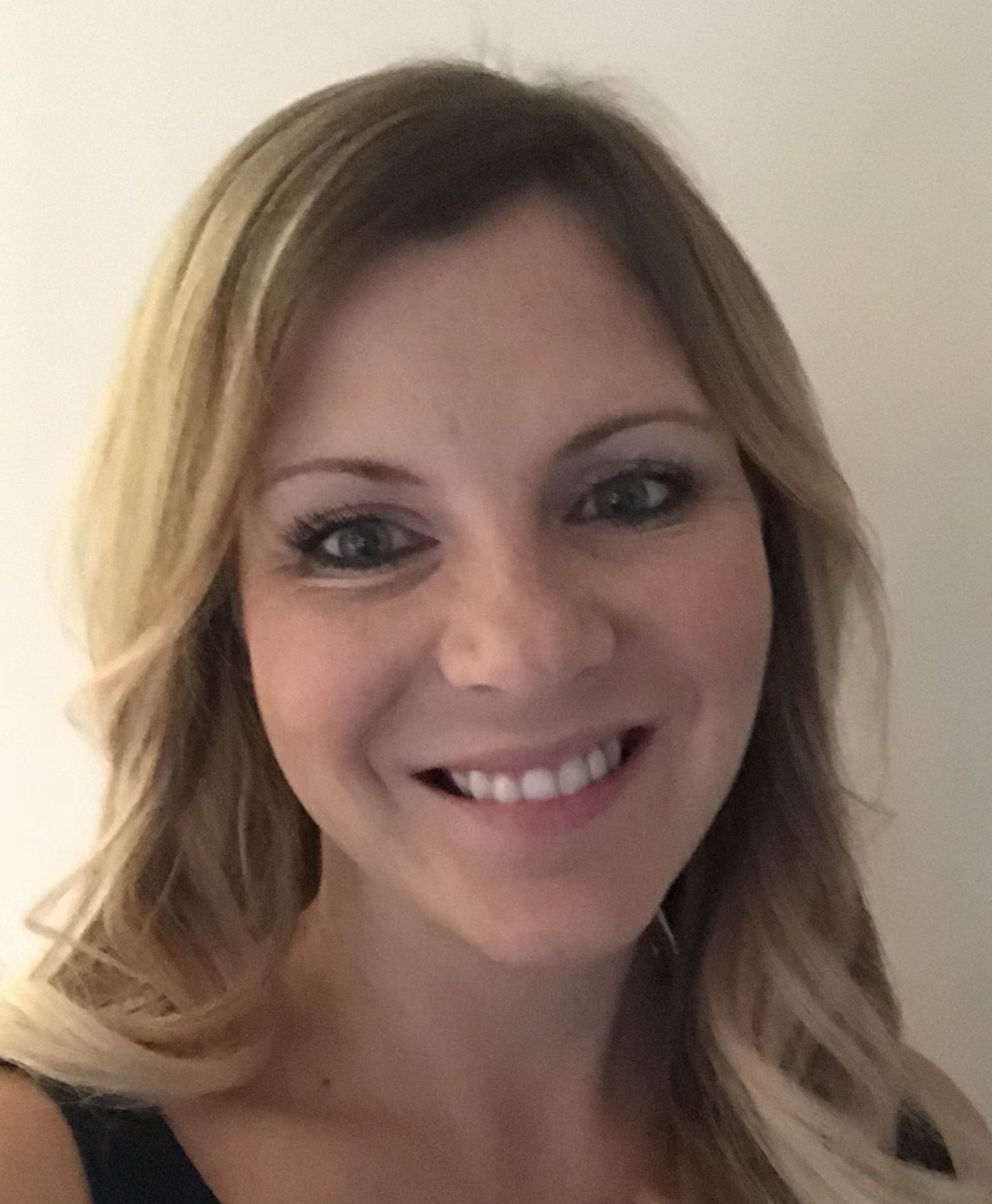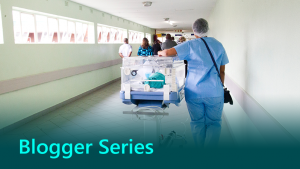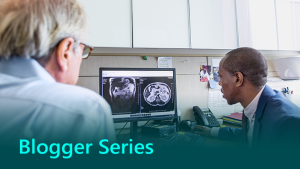
AI in healthcare: recognising symptom patterns in COPD patients

Like myself, many of you may know a family member or friend suffering from Chronic Obstructive Pulmonary Disease (COPD), a group of lung conditions that cause breathing difficulties. Affecting over 1.2 million people in the UK, exacerbation of COPD are the second most common cause of emergency hospital admissions and account for one in eight of all UK hospital admissions.
WHO (World Health Organisation) forecasts COPD to become the third leading cause of death worldwide by 2030. This chronic disease can affect many aspects of a person’s life. It can make it harder for patients to take part in activities they enjoy. They may feel isolated and alone. COPD patients often feel breathless, which can be very frightening and cause anxiety.
My aunt, who has COPD, describes how it affects her: “The symptoms stop life happening, I can’t talk, I can’t walk. It’s a spiral of infections, antibiotics, steroids, and hospital admissions. I cancel visits with the grandkids as I don’t want them to see or hear me like this. It’s a terribly isolating condition.”
Exacerbation of COPD can cause a spiral of decline in the patient and catching high risk flags early could help prevent these from happening. We can use technology such as AI and machine learning to help recognise patterns in a patient’s condition and provide early warnings to aid intervention and prevention.
COPD is an incredibly isolating condition; however AI and machine learning are being used to recognise patterns to aid intervention and prevention.
Machine learning to improve risk prediction
In a drive to improve the care of patients suffering from COPD, NHS Scotland embarked on an innovative research project earlier in the year with partners Trustmarque and KenSci using machine learning. Their aim was to create a trial risk prediction platform that predicted pulmonary risk, thus improving care for patients suffering from COPD.
This supports NHS Scotland’s strategy to enable health teams to better target the best possible care and treatments for patients. It also helps them to reduce time in A&E and the length of their hospital stays so they can remain in the community, rather than be isolated in hospital for prolonged periods of time.
“This unique collaboration will enable impactful digital health transformation for patients with debilitating lung disease. Data driven reorientation of health care delivery across the continuum of disease both in the community and hospital will reduce hospital admissions while improving quality of life for these patients.”
– David Lowe, Emergency Consultant at NHS Greater Glasgow & Clyde
He continues: “Emergency Department attendance is the nadir of these patient’s long-term condition but with enhanced monitoring and analytics the team will be able to intervene days before the ambulance is called. Early warning of deterioration will enable our respiratory team to deliver the care they would receive in the ED at home; improving patient outcomes whilst reducing demand on our overstretched Emergency Departments.”
The risk prediction platform was built on Microsoft’s Azure and uses Power BI. It involves detecting and predicting clinical deterioration. It will also enable hospitals across Scotland to predict patterns in COPD admissions and estimate their length of stay, helping them to better manage resources.
The pilot was a great success and now KenSci, Storm ID, and NHS Greater Glasgow & Clyde have been awarded co-funding of £750,000 by the UK’s innovation agency, Innovate UK, to develop a new care pathway for patients with COPD.
The project seeks to reduce emergency hospital admissions among high-risk COPD patients through remote monitoring and AI-enabled preventative interventions. By remotely monitoring patients’ symptoms, physiology, and treatment in the home, machine learning algorithms will offer healthcare professionals clinical decision support to help patients at high risk. The aim is to deliver a continuous and preventative digital health and care service.
The service aims to reduce patient’s emergency hospital admission per year by one. If this is scaled across 20 percent of the highest risk COPD patients, the potential NHS savings equates to £1.4 billion. The project aligns closely with the Scottish Government Digital Health and Care Strategy. It supports the shift of care into the community, reducing readmission rates, and empowering citizens to effectively manage their own care.
Chris Carlin, Consultant Respiratory Physician at NHS Greater Glasgow & Clyde says: “AI-guided predictive modelling and cloud-based decision support patient and clinician dashboards in this ‘DYNAMIC’ study will enable focused patient-clinician communication, target clinical team’s resources, and facilitate early activation of self-management and tiered COPD treatment interventions.”
Over this year at Microsoft, I’ve watched this collaboration grow. I can’t wait to see the outputs of this project, the likely cost savings to the NHS, and most importantly the impact that it can have on patients’ lives.
Find out more
[msce_cta layout=”image_center” align=”center” linktype=”blue” imageurl=”https://www.microsoft.com/en-gb/industry/blog/wp-content/uploads/sites/22/2018/12/Ai-for-accessibility.jpg” linkurl=”https://info.microsoft.com/UK-DIGTRNS-CNTNT-FY19-10Oct-26-MaximisingtheAIOpportunity-AID-731692-MGC0003240_01Registration-ForminBody.html” linkscreenreadertext=”Maximising the AI opportunity” linktext=”Maximising the AI opportunity ” imageid=”6313″ ][/msce_cta]
[msce_cta layout=”image_center” align=”center” linktype=”blue” imageurl=”https://www.microsoft.com/en-gb/industry/blog/wp-content/uploads/sites/22/2018/12/healthcare-ai.png” linkurl=”https://www.slideshare.net/AlexVasey/healthcare-ai-data-ethics-a-2030-vision” linkscreenreadertext=”Healthcare, data, AI and ethics” linktext=”Healthcare, data, AI and ethics” imageid=”6319″ ][/msce_cta]
 About the author
About the author
Kelly is the Healthcare Industry Manager at Microsoft UK, working with transformational digital partners and NHS customers to pilot solutions for collaborative working and empowering everyone to do more. She has 15 years’ experience working alongside the NHS, and is passionate about the power technology has to create positive change in healthcare.




